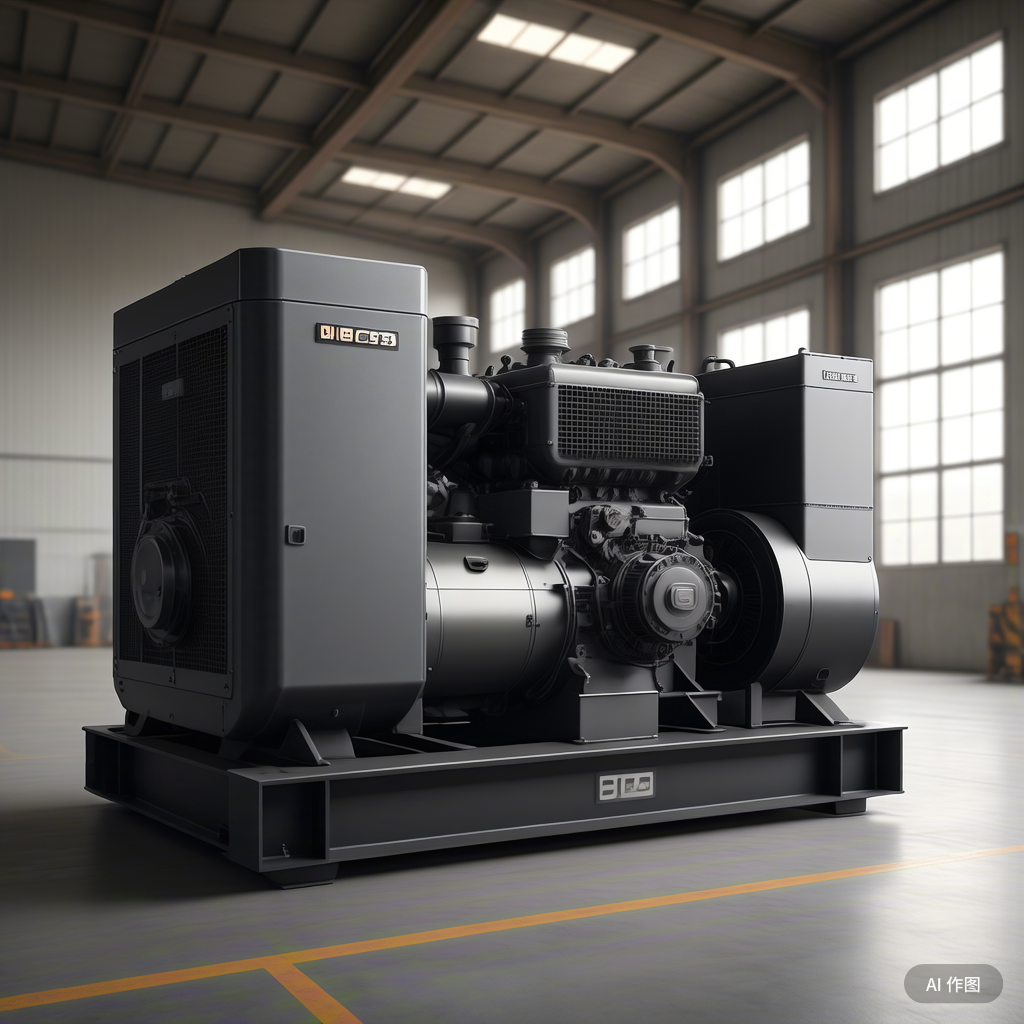Introduction
Diesel generators have long been a reliable source of backup power in a wide range of applications, from industrial settings to residential homes. Pros and cons of owning a 400kW generator of generator performance is its transient response, which refers to the ability of the generator to quickly and effectively respond to sudden changes in load demand. In this article, we will explore the importance of transient response in diesel generators, the factors that influence it, and strategies for improving it to ensure reliable and efficient power supply.
Understanding Transient Response
Transient response is a critical parameter that determines the effectiveness of a generator in responding to sudden changes in load demand. When a sudden increase or decrease in load occurs, the generator must be able to adjust its output quickly and efficiently to maintain stable voltage and frequency levels. A generator with poor transient response may experience voltage dips, frequency fluctuations, and other issues that can disrupt the operation of connected equipment and potentially lead to system failures.
Factors Influencing Transient Response
Several factors can impact the transient response of a diesel generator, including:
1. Engine Design: The design of the diesel engine plays a crucial role in determining the transient response of the generator. Factors such as the size of the engine, the type of fuel injection system, and the control mechanisms used can all influence how quickly the engine can respond to changes in load demand.
2. Generator Design: The design of the generator itself, including the type of alternator used, the size of the stator and rotor, and the overall construction of the generator, can impact its transient response. Generators with high-quality components and advanced design features are likely to have better transient response than lower-quality models.
3. Control System: The control system of the generator, including the governor and voltage regulator, plays a crucial role in managing the transient response. A well-designed control system can quickly adjust the engine speed and output voltage to maintain stable operation during sudden load changes.

4. Load Characteristics: The characteristics of the connected load, such as its size, type, and dynamic behavior, can also influence the transient response of the generator. Loads with high starting currents or variable power requirements may require a generator with better transient response capabilities to ensure reliable operation.
Strategies for Improving Transient Response
To enhance the transient response of a diesel generator and ensure reliable backup power supply, several strategies can be implemented:
1. Proper Sizing: One of the most critical factors in achieving good transient response is to properly size the generator for the intended load. An oversized generator may struggle to respond quickly to sudden load changes, while an undersized generator may be overloaded and unable to maintain stable operation. By accurately sizing the generator based on the expected load requirements, transient response can be optimized.
2. High-Quality Components: Using high-quality components in the construction of the generator, including the engine, alternator, and control system, can significantly improve transient response. Components that are designed for durability, efficiency, and reliability will help the generator respond quickly and effectively to changes in load demand.
3. Advanced Control Systems: Implementing advanced control systems, such as digital governors and voltage regulators, can enhance the transient response of the generator. These systems can monitor load conditions in real-time and adjust the engine speed and output voltage accordingly to maintain stable operation.
4. Regular Maintenance: Regular maintenance and servicing of the generator are essential to ensure optimal performance and transient response. Keeping the engine, alternator, and control systems in good working condition will help prevent issues that could affect the generator's ability to respond to sudden load changes.
5. Load Testing: Performing regular load testing on the generator under varying load conditions can help identify any potential issues with transient response. By simulating real-world scenarios and monitoring the generator's performance, any deficiencies can be addressed proactively to ensure reliable operation during actual power outages.
Case Studies and Best Practices
To illustrate the importance of transient response in diesel generators, let's consider a few case studies and best practices:
Case Study 1: A manufacturing facility relies on a diesel generator for backup power during outages. During a recent power outage, the generator struggled to respond to the sudden increase in load from the facility's machinery, leading to voltage fluctuations and disruptions in production. After conducting a thorough assessment of the generator's transient response capabilities, the facility implemented a series of upgrades, including installing a more advanced control system and upgrading key components. These improvements significantly enhanced the generator's transient response and ensured stable power supply during subsequent outages.
Case Study 2: A data center operates multiple diesel generators to provide backup power for its critical IT infrastructure. To ensure reliable operation and optimal transient response, the data center regularly conducts load testing on the generators under various load conditions. By monitoring the generators' performance and addressing any issues promptly, the data center has been able to maintain stable power supply during outages and minimize the risk of downtime.
Best Practices:
1. Conduct regular maintenance and servicing of the generator to keep it in optimal condition.
2. Implement advanced control systems to enhance transient response and monitor load conditions in real-time.
3. Size the generator accurately based on the expected load requirements to optimize transient response.
4. Perform load testing under varying conditions to identify and address any issues with transient response proactively.
Conclusion
Transient response is a crucial aspect of diesel generator performance that directly impacts the reliability and efficiency of backup power systems. By understanding the factors that influence transient response and implementing strategies to improve it, operators can ensure that their generators can effectively respond to sudden changes in load demand and maintain stable operation during power outages. With proper sizing, high-quality components, advanced control systems, regular maintenance, and load testing, diesel generators can be optimized for optimal transient response and provide reliable backup power supply when needed.
